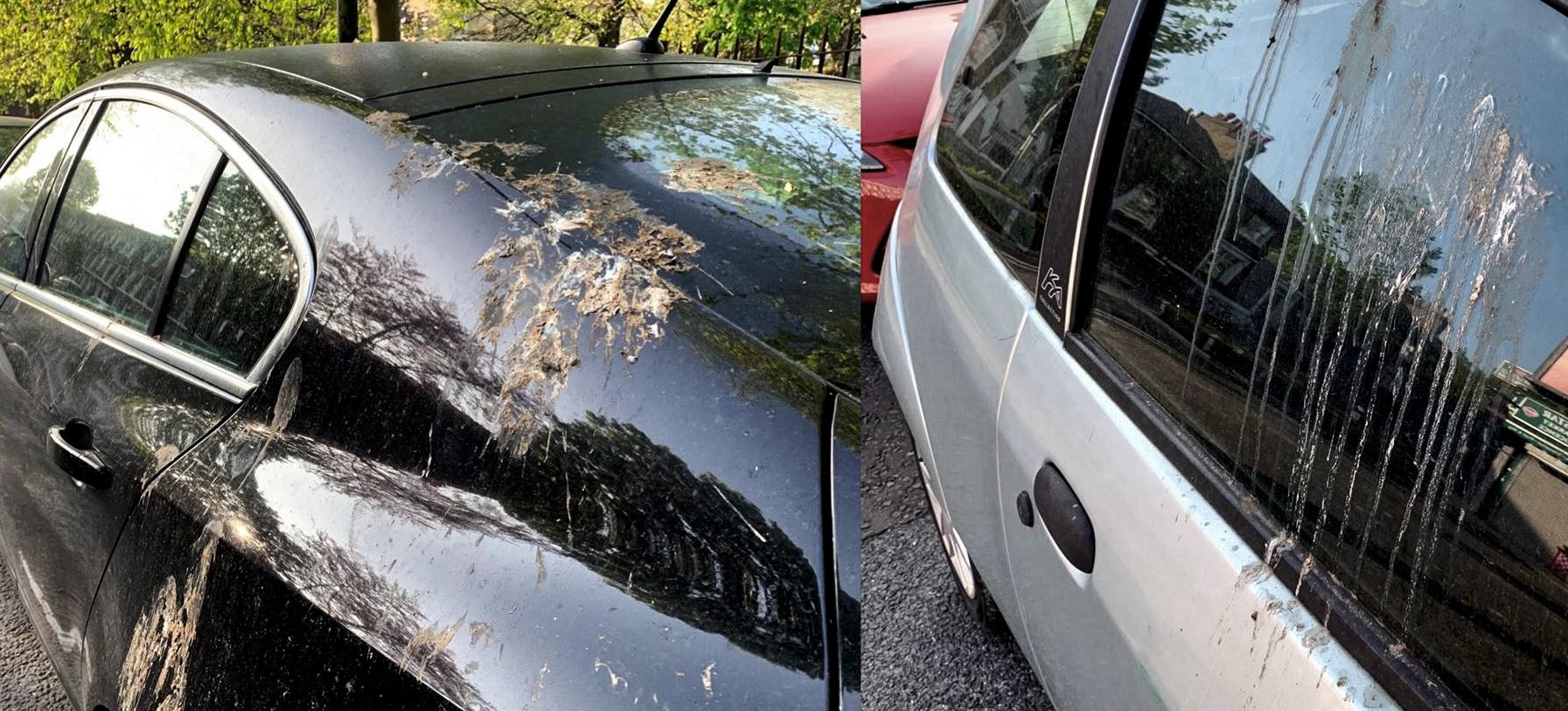
In many countries, hitting the bird blot is considered a fortune-teller, but bird droppings on the car can have serious consequences for varnish. Fortunately, Ford vehicles are tested in this respect with the help of artificial bird droppings.
The synthetic guano developed in the laboratory was prepared with such care for realism that it can even reflect the different diets of most bird species in Europe – and thus different acidity.
Samples sprayed onto the test panels are subjected to aging in the oven at 40 ° C, 50 ° C and 60 ° C to simulate the real operation of the car by the customer in extreme weather conditions and push the paint corrosion protection limits to critical parameters. “Bird droppings test” is just one of the tests that the varnish is subjected to. Another is the test of sprayed phosphoric acid mixed with a soap detergent and synthetic pollen to later dry the test panels for 30 minutes in ovens at temperatures of 60 ° and 80 ° C. The test is to help protect against airborne particles such as pollen and sticky wood juice.
Spring cleaning
Spring and summer can be particularly dangerous for varnish coatings, not only because of increased exposure to bird attacks, but varnishes tend to decrease hardness and expand in intense sunlight. When they cool down, they shrink and all dirt, including bird droppings, penetrates into their outer layer. If they stay on the vehicle longer, they can leave permanent marks that require specialized cosmetic action.
By precisely selecting pigments, resins and additives that are part of the glossy protective varnish, Ford specialists increase the guarantee of the paint coatings resistance to this type of pollution, regardless of the weather.
Scientific bird guano
Bird droppings are often black and white, but that’s not all you know about them. The white part is uric acid and is equivalent to the urine formed in the urinary tract for birds. The rest is formed in the digestive system and although both components can be excreted at the same time, it happens so quickly that they do not manage to mix. While bird droppings can be a nuisance, regularly cleaning your vehicle is crucial to maintain its pristine condition. If you don’t have enough time to keep your car thoroughly cleaned and detailed yourself, you can conveniently use professional car valeting services. These mobile professionals bring their expertise right to your doorstep, ensuring your car receives a thorough cleaning and protection against environmental hazards like bird droppings, tree sap, and more. With their meticulous attention to detail, you can enjoy a showroom-fresh vehicle without the hassle.
Other Ford nail polish tests
Other varnish tests include: long-term exposure to ultraviolet spectrum up to 6000 hours (250 days) in a light laboratory – simulating five years of operation in the brightest place on earth, tests to assess resistance to external atmospheric conditions: freezing at temperatures below zero, survival under winter dirt road in a salt chamber with high humidity and subjected to simulated fuel pollution that occurs when overflowing when refueling at a service station.
How do you clean a car of bird droppings?
Leaving bird droppings on car paint is not a good idea. Every car owner should regularly wash the vehicle with a sponge and lukewarm water with neutral pH shampoo and immediately remove even harmless-looking substances gently from the paint. Waxing the surface once or twice a year helps to increase the varnish’s resistance to the heaviest air attacks, while protecting its gloss.
“Now, when so many people stay at home and their cars stand idle in parking lots, the bird threat is greater than usual. It is wise to remove dirt before it is baked, but our customers can at least appreciate the work we put into protecting varnish. ”
André Thierig, menedżer, Core Engineering Paint, w Ford of Europe
Decoding VIN Number


 EN
EN PL
PL RU
RU DE
DE HU
HU EE
EE LV
LV RO
RO SI
SI CZ
CZ LT
LT